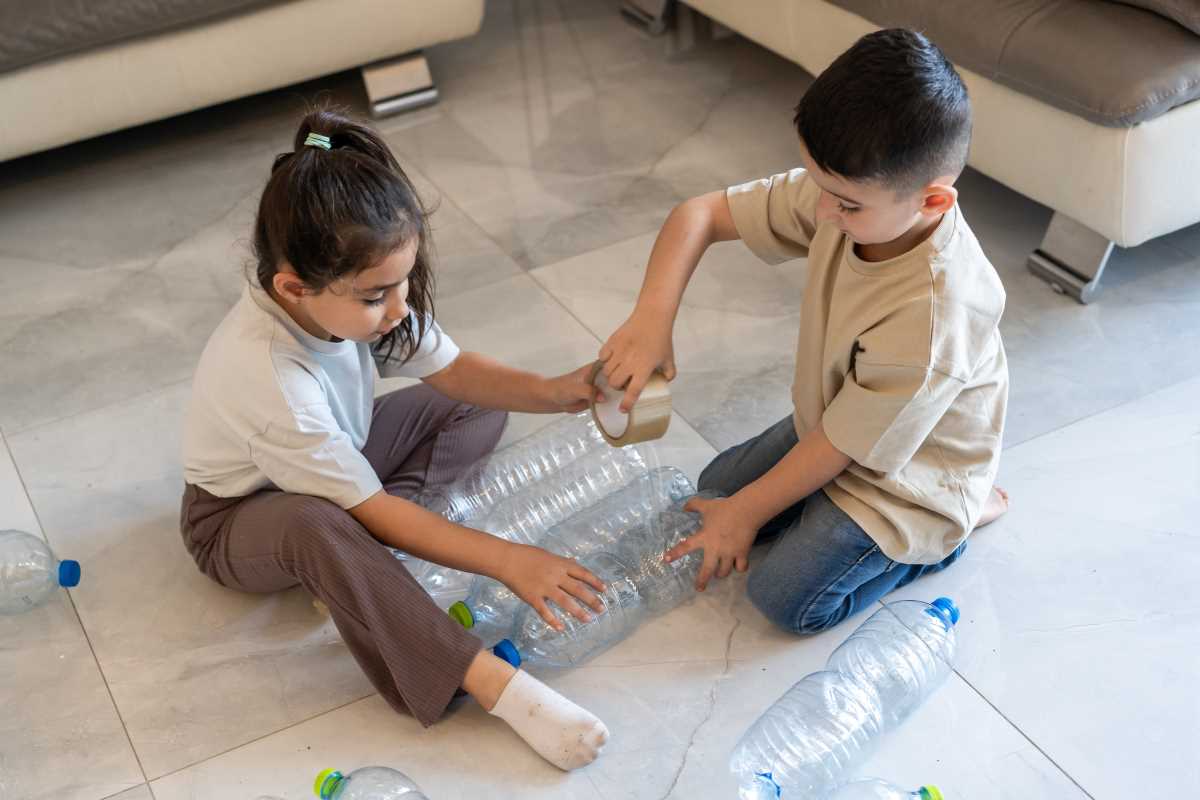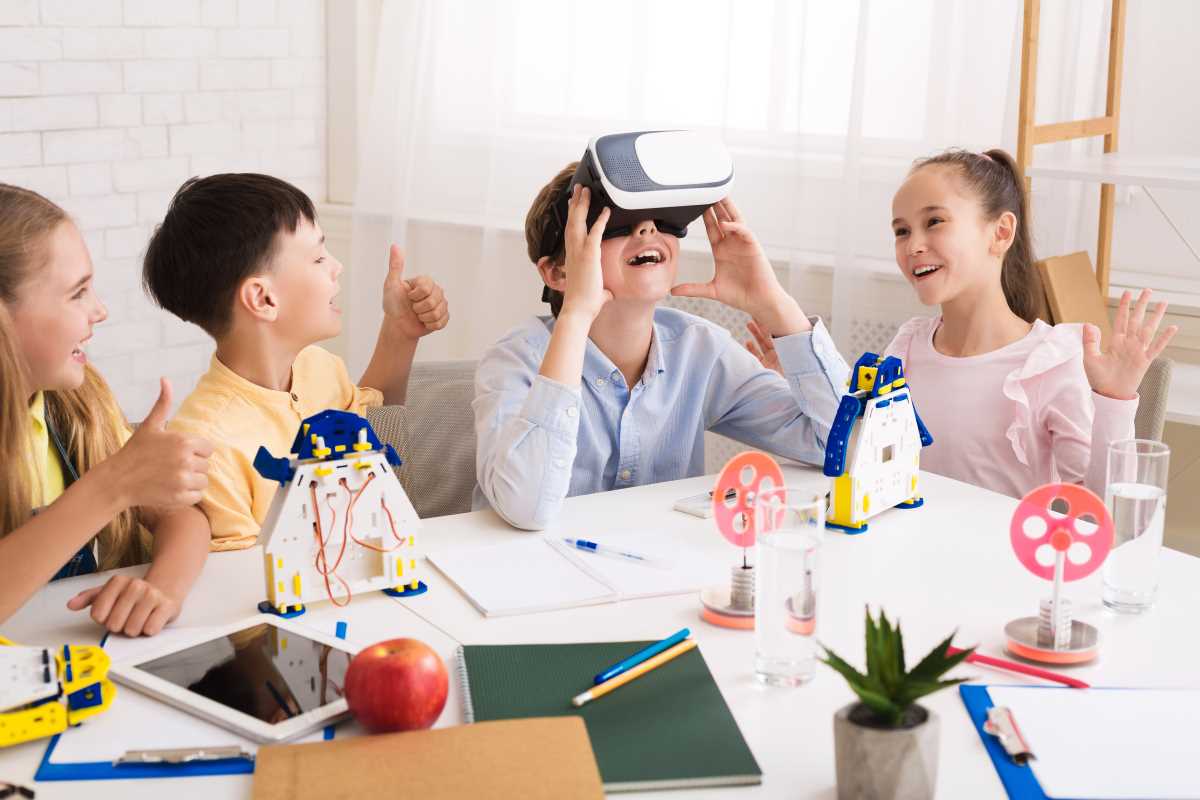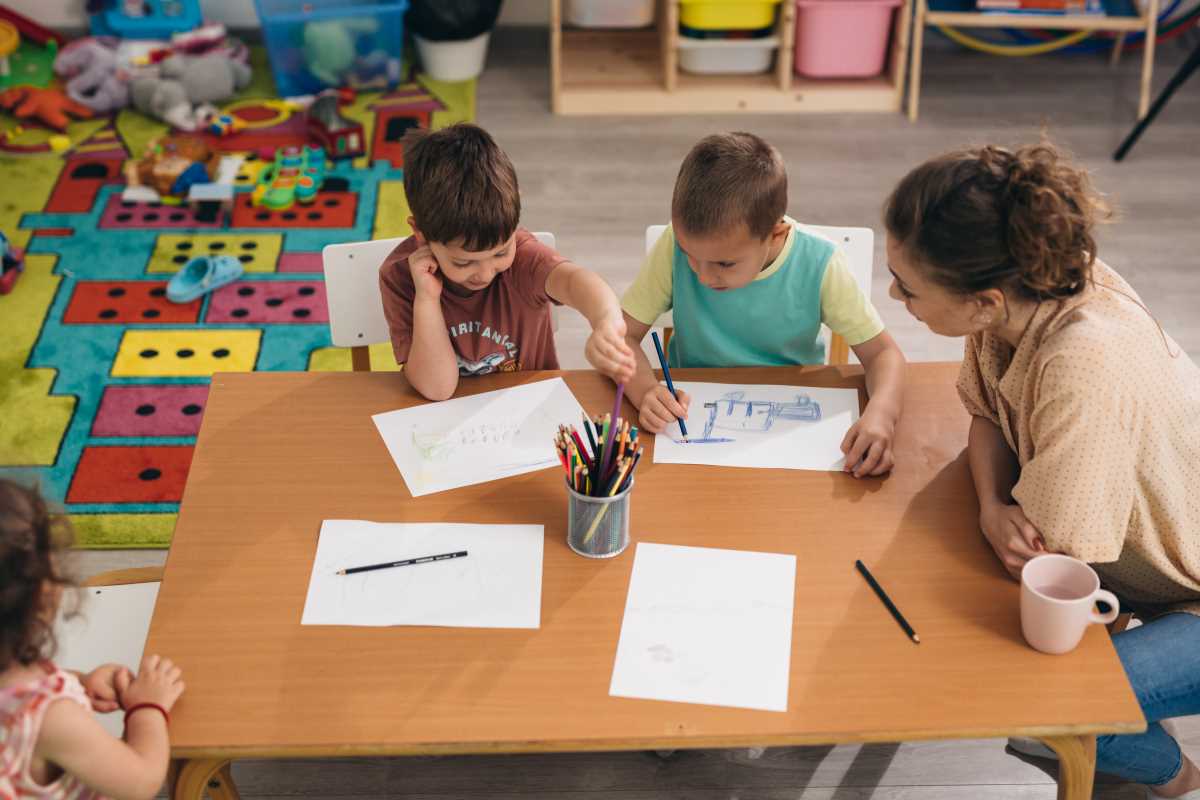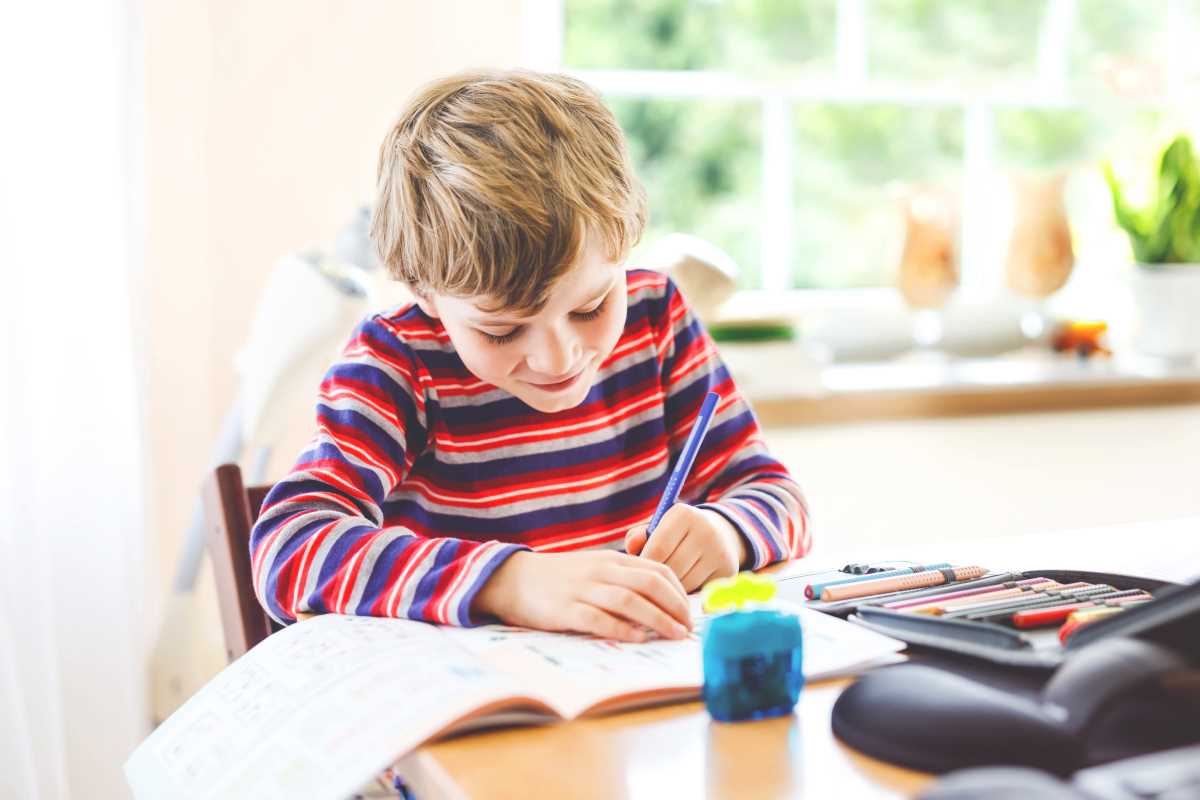Picture yourself stepping into a classroom filled with lively hues that spark your imagination, where the seating arrangements adapt effortlessly to foster teamwork and interaction. Sunlight streams in, bathing the room in a warm glow, transforming the atmosphere from mundane to exciting. This inviting environment turns the act of learning into a thrilling journey, capturing the curiosity and engagement of every student. The dynamic setup encourages students to explore and share ideas freely, making education less about routine and more about discovery. Such a setting seamlessly blends comfort with creativity, redefining the traditional classroom experience into one filled with endless possibilities.
The way a classroom is designed plays a crucial role in shaping the learning experience. A thoughtfully arranged space can enhance student engagement, encourage interaction, and support various learning styles, ultimately creating a more dynamic educational environment.
Understanding Dynamic Learning
Dynamic learning refers to an educational approach that emphasizes active participation, collaboration, and adaptability. It moves away from traditional rote memorization, focusing instead on critical thinking and problem-solving skills. Here are some key aspects:
- Active Engagement: Students actively participate in the learning process through discussions, projects, and hands-on activities.
- Collaboration: Teamwork and communication prepare students for real-world interactions.
- Adaptability: Flexibility in learning methods caters to diverse learning styles and needs.
- Critical Thinking: Developing the ability to analyze, evaluate, and create solutions is essential.
- Technology Integration: Digital tools enhance learning experiences and accessibility.
Key Elements of Inspiring Classroom Environments
The foundation of an inspiring classroom starts with its physical environment. Proper lighting, both natural and artificial, significantly impacts students' mood and concentration levels. For instance, large windows that allow sunlight to stream in create a warm and inviting atmosphere, while adjustable lighting fixtures enable teachers to modify brightness based on the activity.
Color plays another critical role in setting the tone of the classroom. Soft, pastel hues create a calming effect, whereas bold colors like red or orange stimulate energy and creativity. The arrangement of furniture should promote flexibility and collaboration. Movable desks and chairs allow for easy reconfiguration, enabling group work, individual study, or interactive lessons tailored to the day's objectives.
Innovative Classroom Design Approaches
Implementing innovative design approaches can change a standard classroom into a hub of creativity and engagement. Here are five effective methods:
- Flexible Seating: Incorporate a variety of seating options such as bean bags, standing desks, and ergonomic chairs to accommodate different learning preferences and promote comfort.
- Learning Stations: Designate specific areas for different activities, like a reading nook, a science corner, or an art station, allowing students to explore subjects in diverse settings.
- Writable Walls: Install whiteboards or chalkboards on walls to encourage spontaneous brainstorming and interactive lessons, making the space more dynamic.
- Biophilic Elements: Introduce plants and natural materials into the classroom to enhance air quality and create a soothing, nature-inspired environment.
- Multifunctional Spaces: Design areas that can serve multiple purposes, such as a project area that doubles as a presentation space, maximizing the utility of the classroom.
The Role of Technology in Classroom Dynamics
Technology has become an integral part of modern classrooms, offering tools that enhance both teaching and learning experiences. Interactive whiteboards, for example, allow teachers to present multimedia content, engage students with interactive lessons, and easily modify presentations on the fly.
Digital platforms like Google Classroom and Edmodo facilitate seamless communication and collaboration outside the traditional classroom setting. Virtual reality (VR) and augmented reality (AR) tools provide immersive learning experiences, enabling students to explore historical sites or conduct virtual science experiments from the comfort of their classroom.
Actionable Tips for Educators
- Assess your current space and identify areas that can be reconfigured for better flow and interaction.
- Choose a color palette that aligns with the mood you want to create—calming for focused tasks, vibrant for creative activities.
- Invest in flexible furniture that can be easily rearranged to suit different teaching methods and group sizes.
- Incorporate plenty of natural light and use artificial lighting that can be adjusted according to activities.
- Add biophilic elements like plants or nature-inspired decorations to create a more inviting environment.
- Utilize the latest educational technology to support dynamic learning and make lessons more engaging.
- Designate specific zones for different types of learning activities, such as quiet study areas and collaborative workspaces.
- Encourage student input in the design process to create a space that meets their needs and preferences.
- Regularly update and refresh the classroom layout to keep the environment stimulating and prevent stagnation.
Creating a classroom that inspires dynamic learning involves thoughtful design and a willingness to adapt to the needs of both students and educators. By considering elements like lighting, color, and furniture arrangement, and integrating technology effectively, teachers can craft an environment that not only supports but also enhances the learning journey.
Educators are encouraged to take these insights and rethink how their classroom spaces can be changed to increase engagement and creativity. A well-designed classroom is the first step towards a more interactive and impactful educational experience.
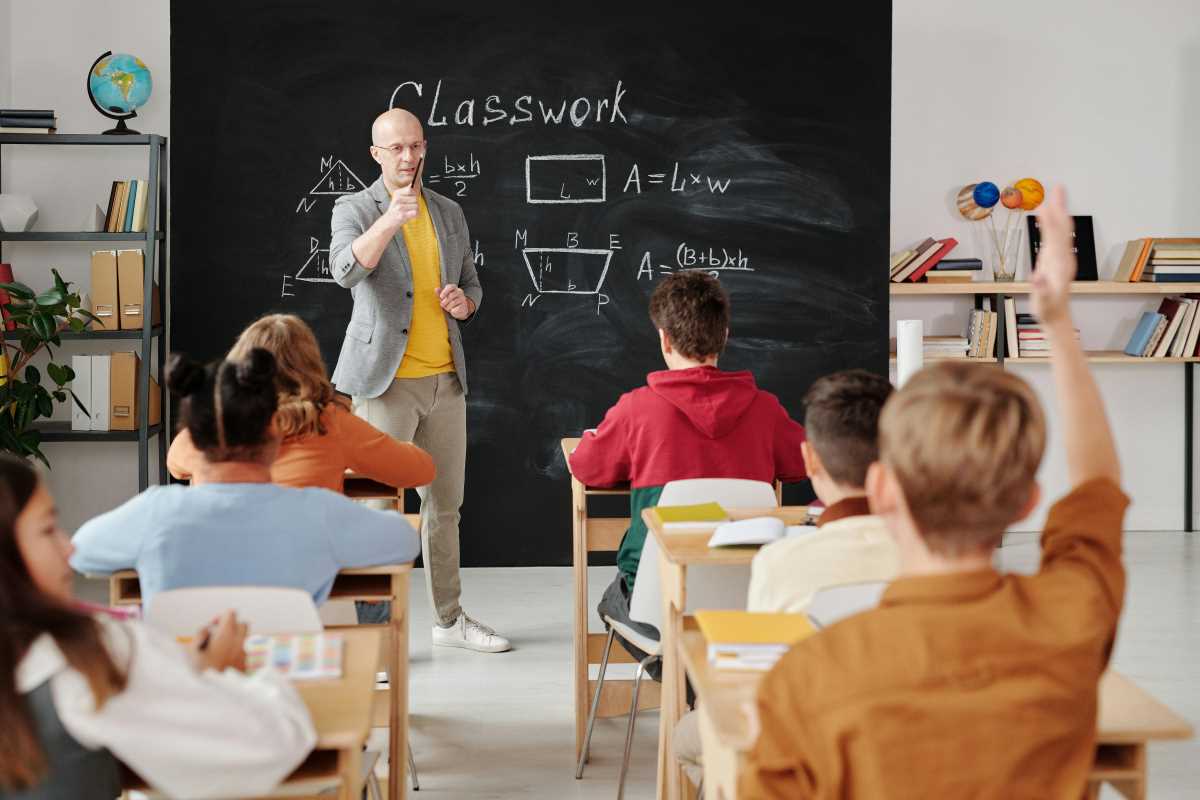 (Image via
(Image via